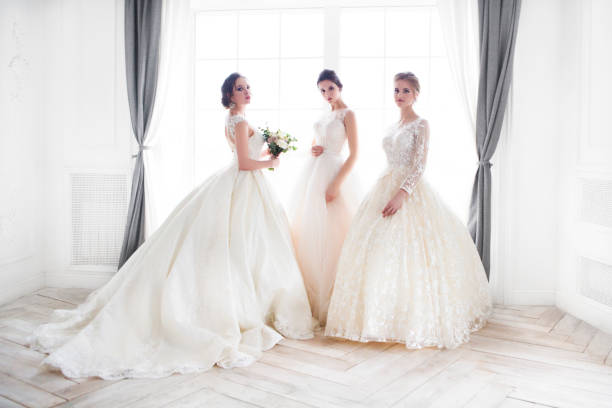One of my most favourite photography techniques that I employ are ones that let us capture images in ways that we can’t see with our eyes. One particular technique that I use for creating unique portraits is using long exposures or shutter drag. Portraits that are long exposure open up many creative possibilities and frequently result in “wow” moments with my clients. Utilizing the technique requires some expertise and planning; however, it’s not difficult to master once you’ve learned the fundamentals.
Here’s a listing of creative ideas for portraits using long exposure, which we’ll discuss in the following paragraphs:
The photos in this article were supplied (with consent) by photographers from Wedding Maps, a directory of the top wedding photographers as well as wedding locations.
Understand the Basics
The first step in creating striking long exposure photographs is to understand the fundamentals of motion blur and shutter speed.
Shutter Speed to Capture Motion Blur: To jog your memory The longer the your shutter, the greater motion blur that you can capture from the moving objects that appear in the image. Additionally, fastest objects will display more blur than slower ones with similar shutter speeds. In the example above, when a car is moving quickly through the scene, and the shutter speed is 1/30th could capture some part of the motion of the vehicle. If the car is moving at a slower pace, it may require an aperture speed of 1 second or more in order to get the ideal “look.” Of course, how much motion you’d like to capture will depend on the look and style of the photo.
Camera Shake The second idea to comprehend when taking long-exposure portraits is the idea for camera shake. Shake in the camera is a frequent issue that can occur when the camera isn’t kept still throughout the duration of exposure. This means that the entire image is blurred instead of limiting the blurring to the moving object. There are many methods that can be employed to reduce or eliminate camera shake. These include using a tripod and setting a slightly higher shutter speed, or employing a flash to freeze subjects.
Utilizing Flash for Freezing Motion The 3rd concept to grasp is that flash has the ability to freeze motion of the subject or objects the flash is striking. For instance photographers are able to deliberately move their cameras and cause deliberate camera shake, while also freezing their subject using flash. We’ll discuss this method later in this post.
Ideas for Long Exposure Portraits
Once we have mastered the fundamentals of portraits using long exposure, Here are six original ways to use this technique.
A few innovative night photography techniques can match the appeal of capturing the movement of traffic alongside your subject. While you can capture the movement of cars in the daytime, This technique is particularly in the evening hours. The reason behind this is that cars moving produce stunning light trails when you shoot long exposure photos at night.
Tips for Capturing Long Exposure Portraits With Traffic
Larger vehicles, for example buses have more room in the frame, and may result in more forceful impacts than vehicles with smaller dimensions.
Cars that are moving through the windy roads are more interesting to look at than cars that are in straight lines.
If you’re having difficulty getting enough traffic around the location, think about making a composite photograph and capturing a plate image of your couple with no vehicles in it and then capturing a few more photos of cars that pass in the frames. After that, you can layer the images on a computer and block out any light streaks that are directly towards your subject. Learn more about how to shoot and edit photos in composites by reading the following Beginner’s Guide.
How to Make Use of Flash for Freezing Your Subjects
In terms of gear, the one speedlight with a softbox ought to be able to adequately illuminate your subjects while photographing at night. One rule you should refer to when you begin setting the power of your flash is to utilize the reverse the value of your ISO. For instance, if you have your ISO is set at 1,600, you can adjust your flash’s power at 1/16th. Naturally, additional aspects such as aperture, distance between your flash and your subject and also the speed of your shutter will affect the result However, you can begin by making any adjustments.



